ΠΑΝΩ ΑΠΟ 10 ΕΚΑΤΟΜΜΥΡΙΑ ΑΝΘΡΩΠΟΙ ΕΧΟΥΝ ΔΕΙ, ΜΕΧΡΙ ΣΗΜΕΡΑ, ΤΑ ΕΡΓΑ ΤΟΥ ΓΙΑ ΝΑ ΑΠΟΛΑΥΣΟΥΝ ΤΗΝ ΠΟΙΗΣΗ ΤΟΥ! ΚΥΡΙΕΣ ΚΑΙ ΚΥΡΙΟΙ, ΙΔΟΥ Ο GREGORY COLBERT!
ΠΛΗΣΙΑΖΟΥΝ ΜΕΣΑΝΥΧΤΑ ΓΙΑ ΠΕΜΠΤΗ 8 ΙΑΝΟΥΑΡΙΟΥ 2009. Η ΤΗΛΕΟΡΑΣΗ ΑΝΟΙΧΤΗ ΜΕ ΝΤΟΚΥΜΑΝΤΕΡ ΓΙΑ ΤΗΝ ΑΡΑΒΙΑ!
ΚΑΙ ΜΕΙΣ ΘΑ ΚΑΝΟΥΜΕ ΠΑΡΕΑ ΕΝΑ ΤΑΞΙΔΙ ΣΤΗΝ ΠΟΙΗΣΗ!
ΚΑΛΩΣ ΗΛΘΑΤΕ!
(ΕΝΝΟΕΙΤΑΙ ΠΩΣ ΓΙΑ ΝΑ ΔΕΙΤΕ ΚΑΛΥΤΕΡΑ ΤΙΣ ΦΩΤΟΓΡΑΦΙΕΣ ΚΛΙΚΑΡΕΤΕ ΠΑΝΩ ΣΕ ΑΥΤΕΣ!)
-----------------------------------------------------------------------------------------------
To date, the exhibition of the art work of photographer Gregory Colbert,under the title "Ashes and Snow", has received over 10 million visitors in 4 continents making it the most attended exhibition by a living artist in history!

Gregory Colbert's "Ashes and Snow" is an ongoing project that weaves together photographic works, 35mm films, art installations and a novel in letters.The Nomadic Museum, a temporary structure built specifically for the exhibition, is the permanent travelling home of Ashes and Snow.
With profound patience and an unswerving commitment to the expressive and artistic nature of animals, Colbert has captured extraordinary interactions between humans and animals.

“In exploring the shared language and poetic sensibilities of all animals, I am working towards rediscovering the common ground that once existed when people lived in harmony with animals. The images depict a world that is without beginning or end, here or there, past or present.”
Gregory Colbert's exhibit "Ashes and Snow" is a must-see: a triumph of beauty, a celebration of an out-of-time nature-man communion!

The photographic artworks of Gregory Colbert explore the poetic sensibilities of animals in their natural habitat as they interact with human beings. No longer shown as merely a member of the family of man, humans are seen as a member of the family of animals.

Throughout history, our relationship and understanding of animals has been rooted in myths and legends. Until now these narratives have been specific to cultures, regions or tribes. The one-hour Ashes and Snow film and two 9-minute film haikus bridge geographical and cultural boundaries, connecting modern man with the totemic animals that touch our spirit.
Colbert, who calls animals "nature's living masterpieces," chose to film animals in their native habitats in an effort to be true to each animal's voice. The film can be viewed as a work of art as well as a poetic field study.

None of Colbert's images have not been been digitally collaged or superimposed. He claims to realize without artificial light, without computer graphics nor digital tricks, and without employing tamed animals (this last claim is controversial).
They record what the artist himself saw through the lens of his camera. While Colbert uses both still and movie cameras, the images are not stills from the film.

"For the last 15 years I've been an apprentice to nature, collaborating with 35 species", Colbert says. The animal subjects of the photographs and films include interactions with both wild animals and also those that have been habituated to human contact.
And these animals are: Asian elephants. Sperm whales. Humpback whales. Royal eagles. Manatees. Peregrine falcons. Gyr falcons. Elands. Baboons. Cheetahs. Meerkats. African wild dogs. Pilot whales. Harris hawks. Sacred ibis. Antigone cranes. Caracals. Orangutans. Rhinoceros hornbills. Gibbons. Saltwater crocodiles. Samba!

Colbert’s epistolary novel is a fictional collection of letters written by a man to his wife over the course of a yearlong journey. The source of the title, "Ashes and Snow", is revealed on the 365th day of writing. Ashes and Snow, A Novel in Letters, was first published in 2004. The title "Ashes and Snow" suggests the ideas of beauty and renewal. Colbert’s photographs and one-hour film loosely reference the traveler’s encounters and experiences described in the letters.
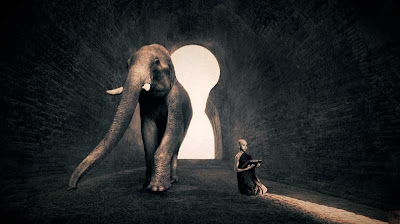
Canadian-born artist Gregory Colbert began his career in Paris making documentary films about social issues. Filmmaking led to his work as a fine arts photographer, and the first public exhibition of his work was held in 1992 at the Musée de l’Elysée in Switzerland.

For the next ten years, Colbert showed no films and exhibited none of his art. Instead, he travelled to the end of the world, to deserts and jungles and under the surface of oceans, in search of images capable of representing wondrous interactions between human beings and animals.
He travelled to such places as India, Burma, Sri Lanka, Egypt, Dominica, Ethiopia, Kenya, Tonga, Namibia, Azores, Antarctica, Borneo.

In 2002, he launched the "Ashes and Snow" exhibition in Italy at the Venice Arsenale, a 125,000-square-foot shipyard owned by the Italian navy. Built in 1104, the Arsenale was originally used to construct and launch boats to sea via the Venetian canals. "Ashes and Snow" was the largest solo exhibition ever mounted in Italy. The interior architecture of the Arsenale provided an ideal setting for the exhibition, and served as the model for the Nomadic Museum, which debuted with the opening of Ashes and Snow in New York City in March 2005. The museum then travelled to Santa Monica in January 2006, Tokyo in March 2007, Mexico city 2008. "Ashes and Snow" at the Nomadic Museum will open in Brazil in 2009.

The project has been embraced by both the general public and a critical audience. Gregory Colbert received the 2005 Lucie Award for Curator of the Year for the Ashes and Snow installation at the Nomadic Museum in New York and the 2007 THEA Award for Outstanding Achievement in a Museum or Touring Attraction.

“I hope to see the world through the eyes of a whale, an elephant, a manatee, a meerkat, a cheetah. Being amazed by nature in all its forms is the lifeblood of Ashes and Snow. I have tried to leave the windows and doors open so that others can enter and feel that same amazement that I felt during each work’s creation.
“I believe the Australian Aboriginals were exploring the same enchantments when they painted animals; they were not interested in merely painting the contours of their bodies. They focused equally on the animal’s interior dream life. The cave paintings of the San from the Kalahari Desert in Africa and the art of other indigenous tribes around the world also demonstrate their ability to look from the inside out. When I started Ashes and Snow in 1992, I set out to explore the relationship between man and animals from the inside out.”
—Gregory Colbert, describing "Ashes and Snow".

Colbert continues his expeditions and the development of "Ashes and Snow".

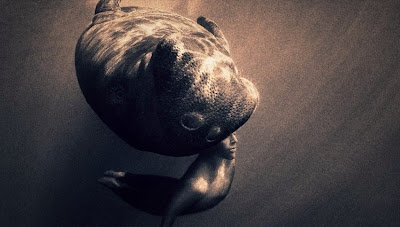



























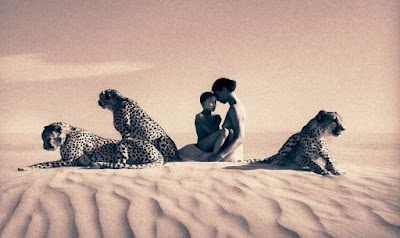






















































Ο ΦΩΤΟΓΡΑΦΟΣ CREGORY COLBERT!

ΚΑΙ ΕΠΕIΔΗ ΤΟ ΑΞΙΖΟΥΜΕ: ΚΑΛΟ ΔΡΟΜΟ ΝΑ 'ΧΟΥΜΕ!

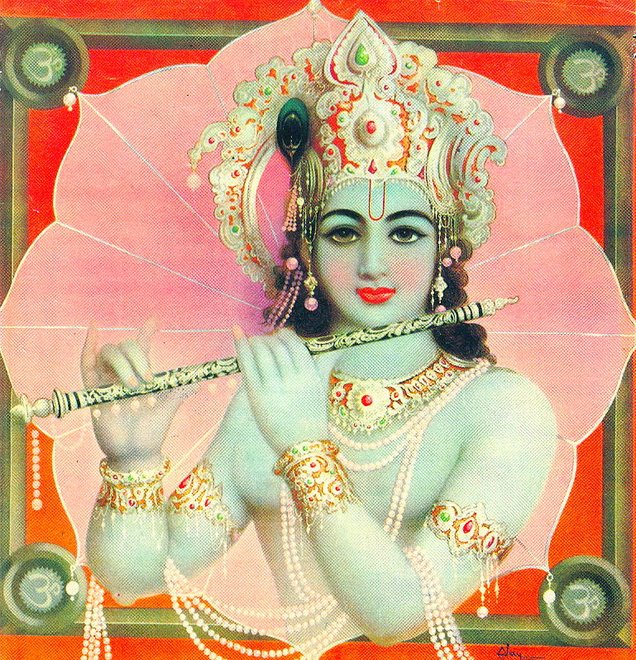











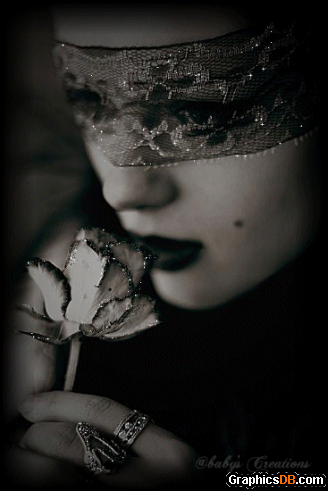







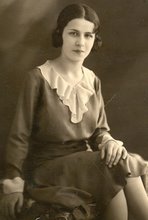
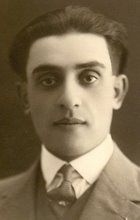
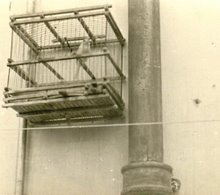



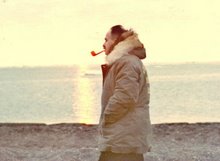
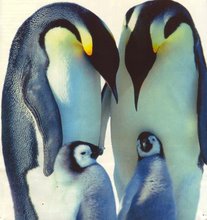

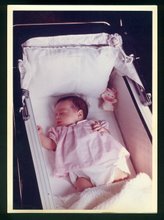

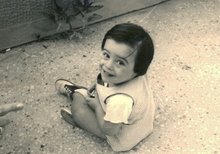
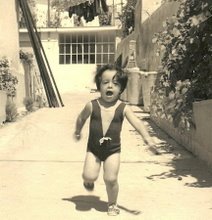

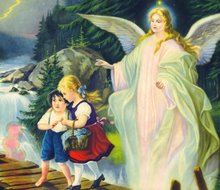

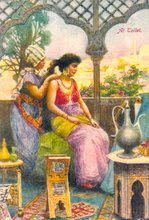
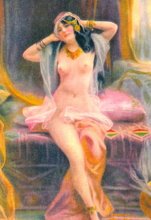
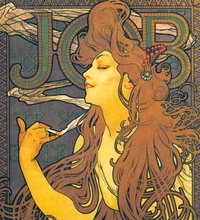
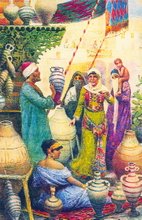
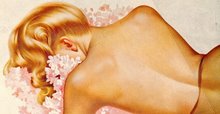
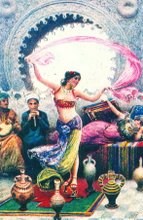
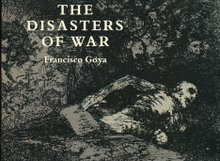
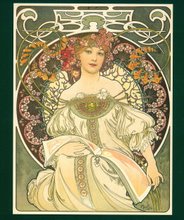
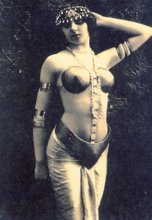
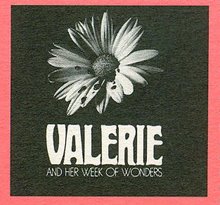
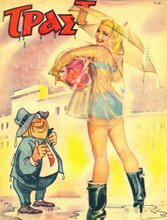
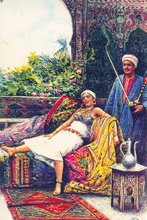
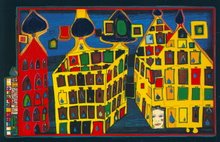
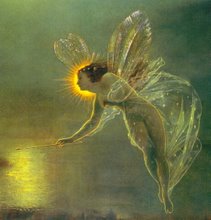
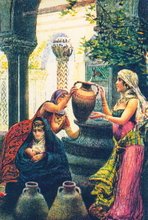
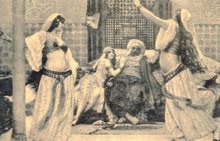
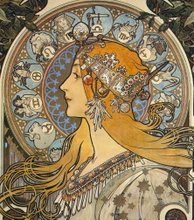
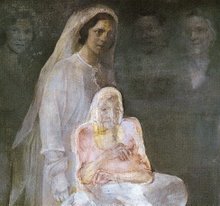
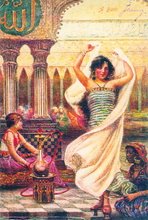
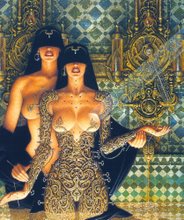
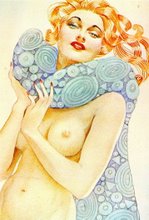
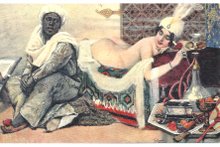
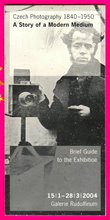
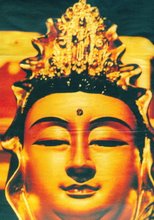
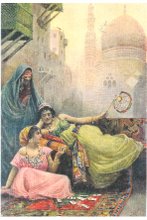
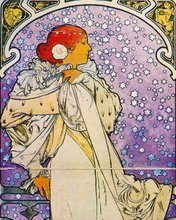
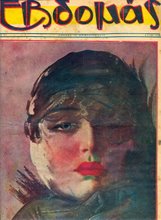
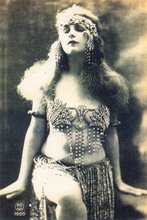
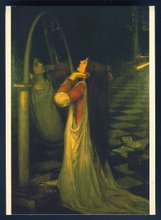
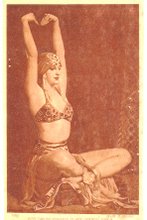


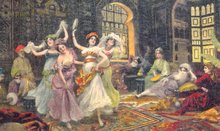
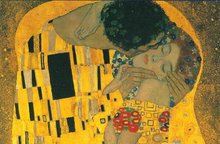

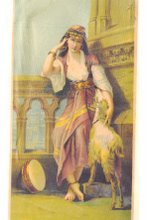
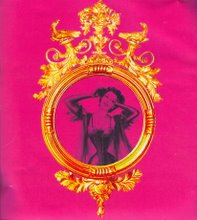
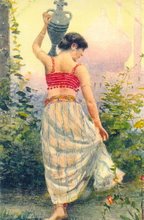
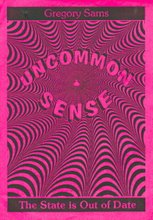
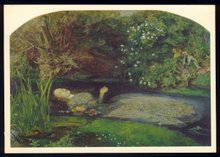
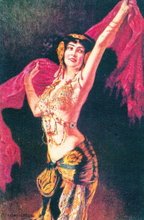
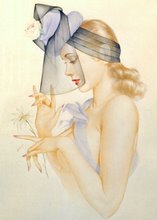
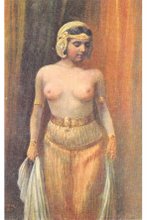
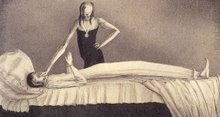
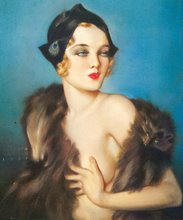


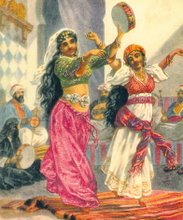
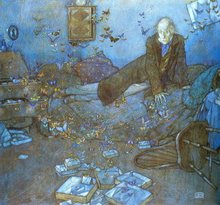
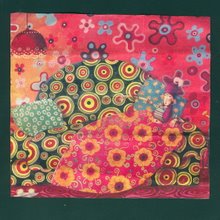
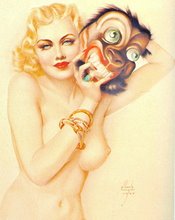
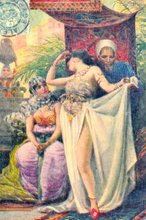
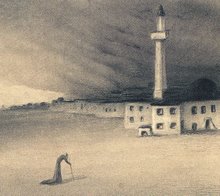
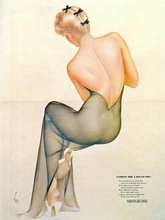
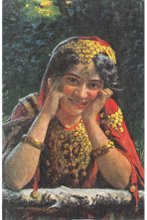
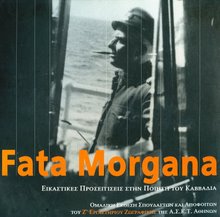
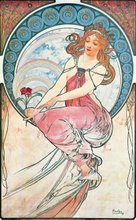
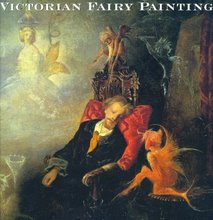
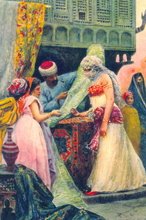

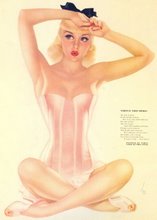
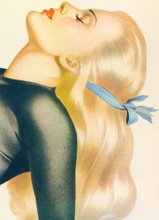
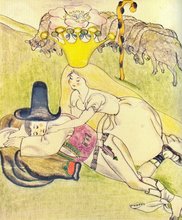
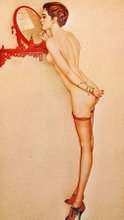
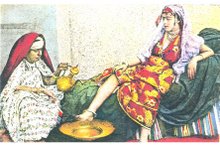
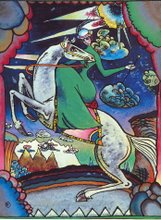
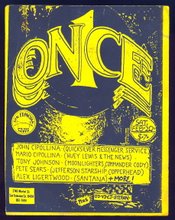
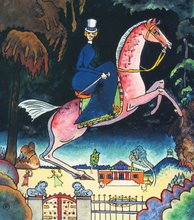
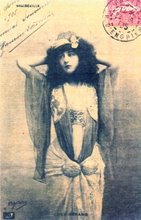
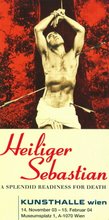
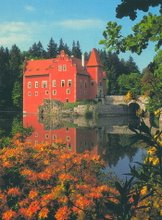
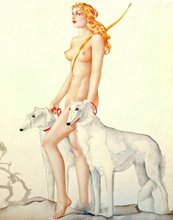
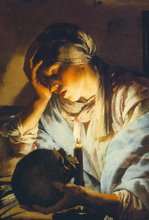
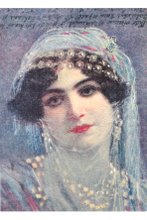
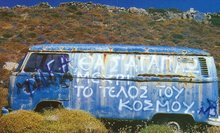
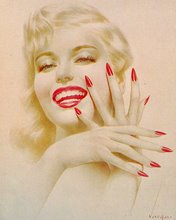
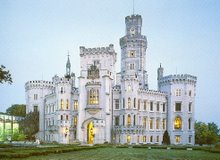
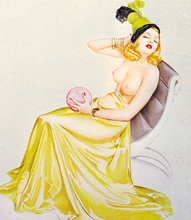
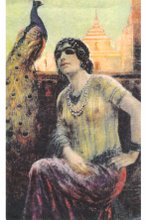
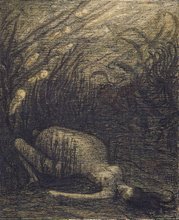
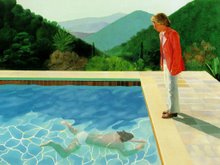
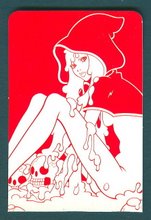
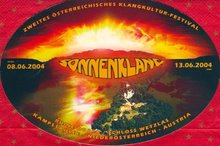


















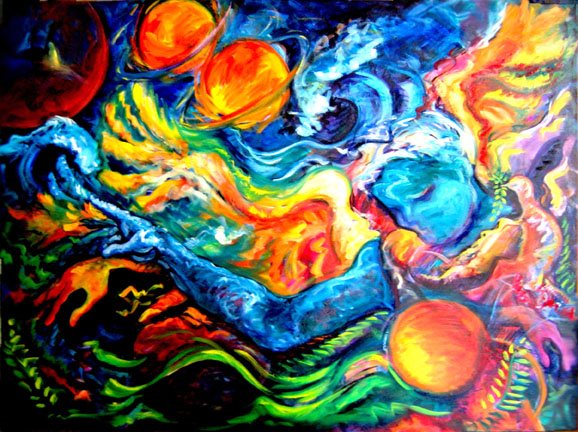
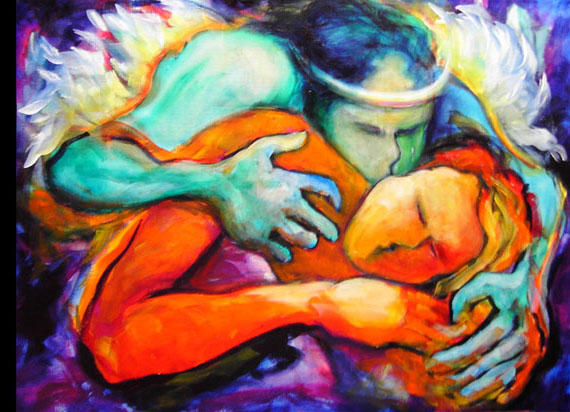


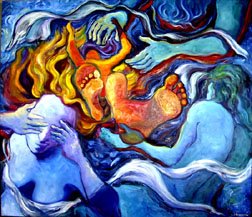




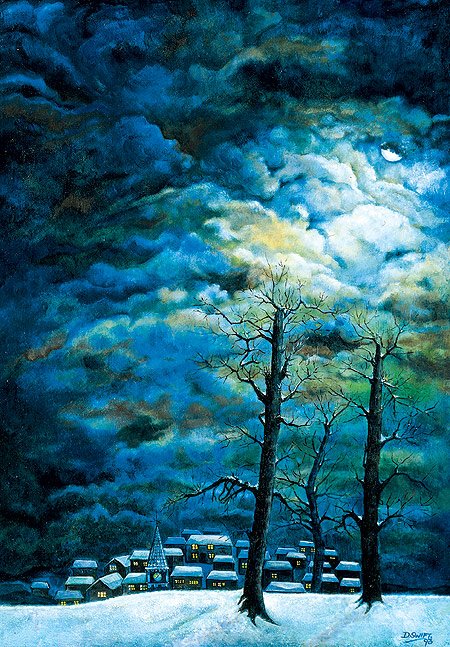

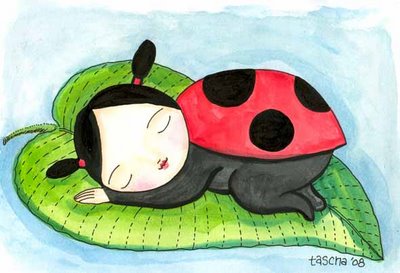


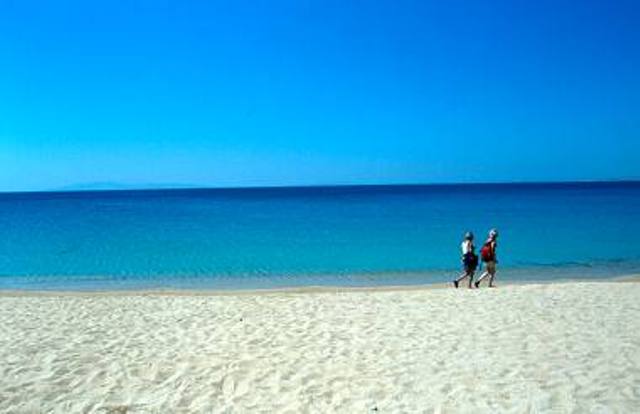

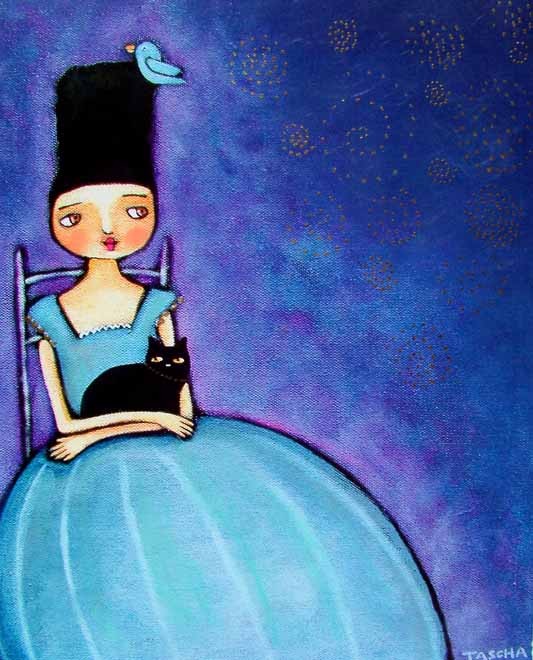
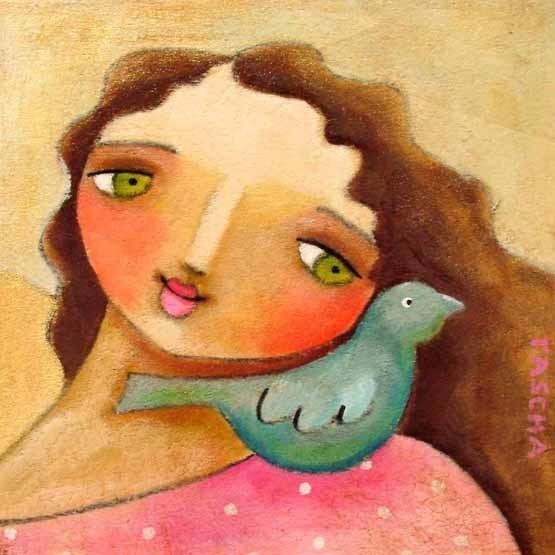






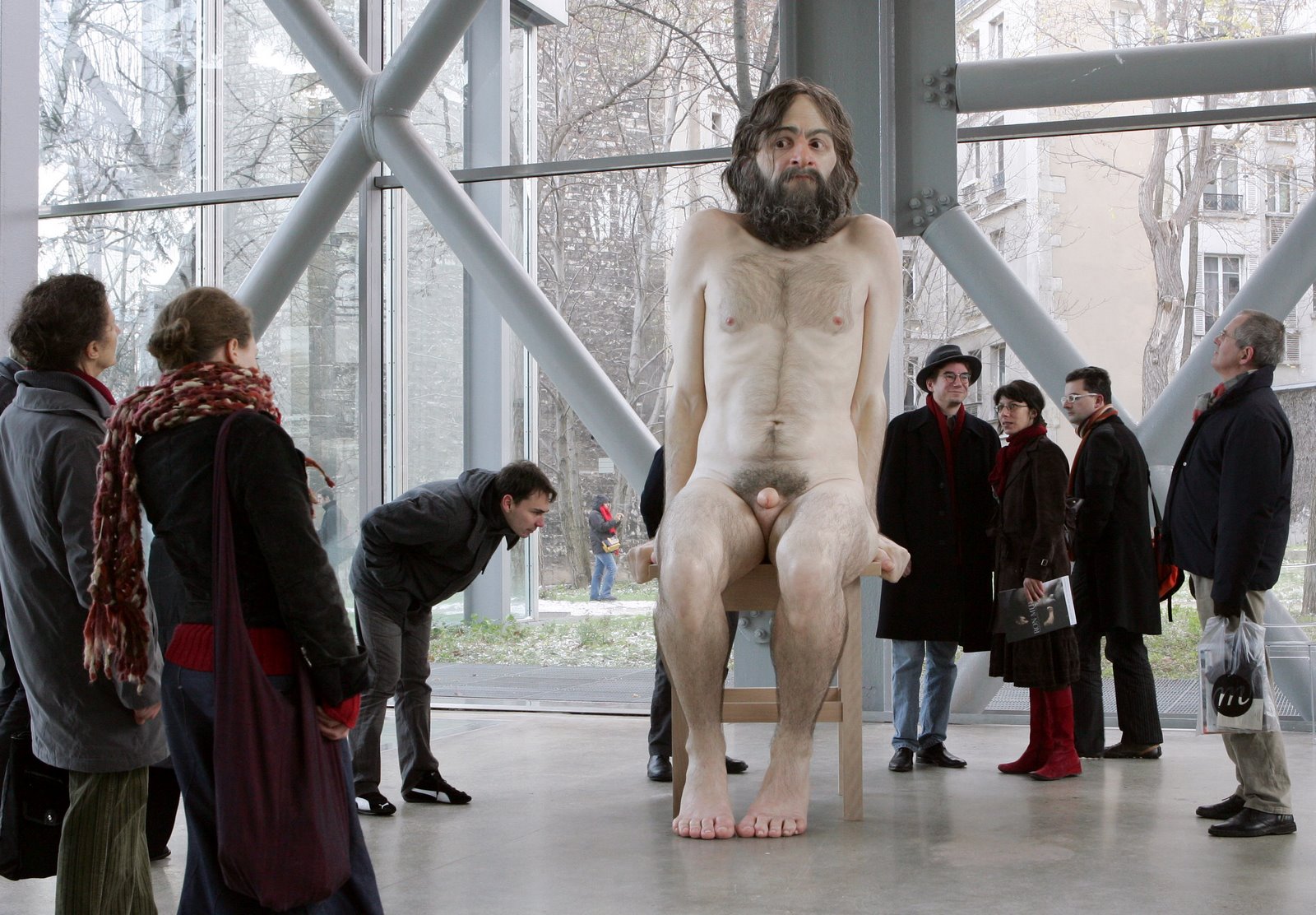




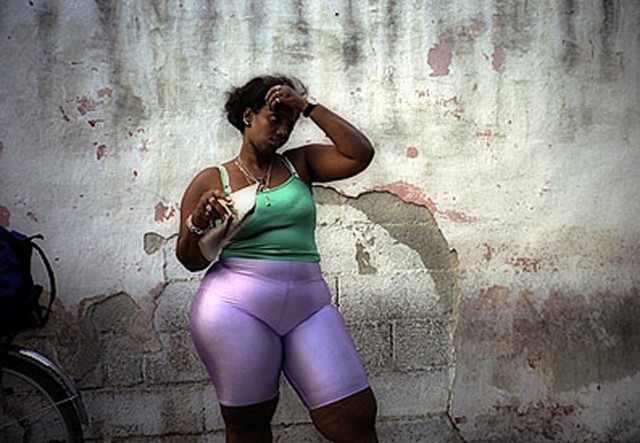




































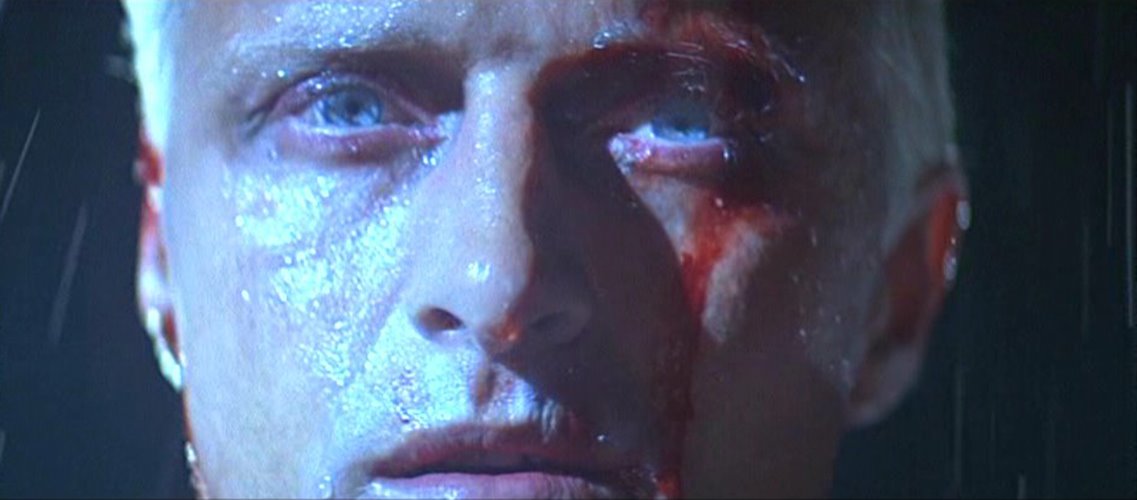
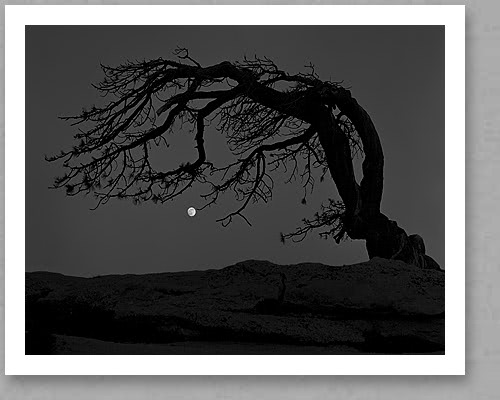
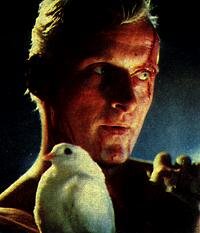

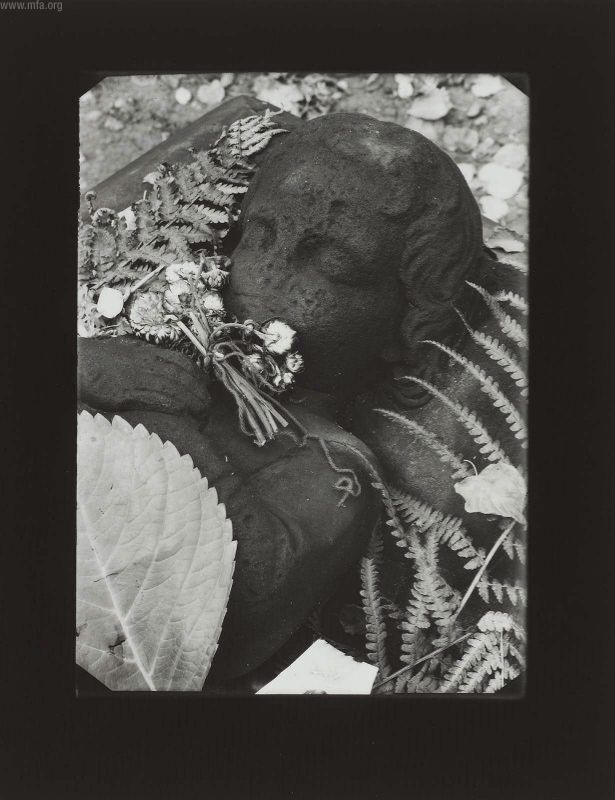
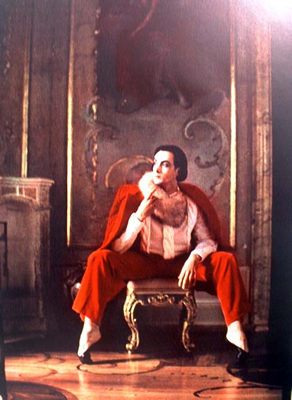
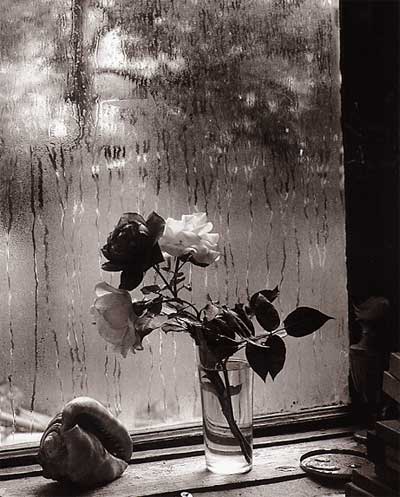














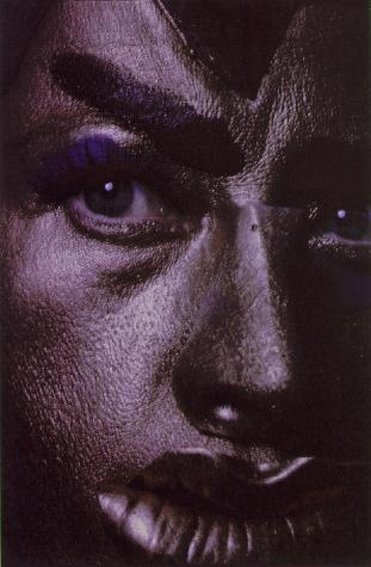





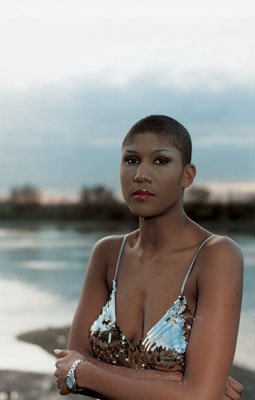





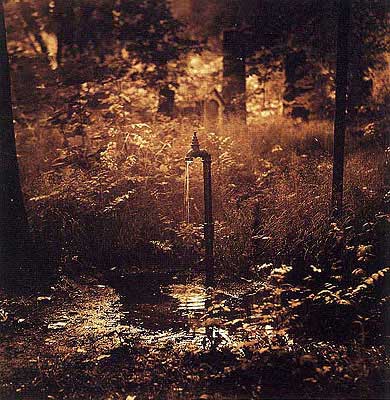




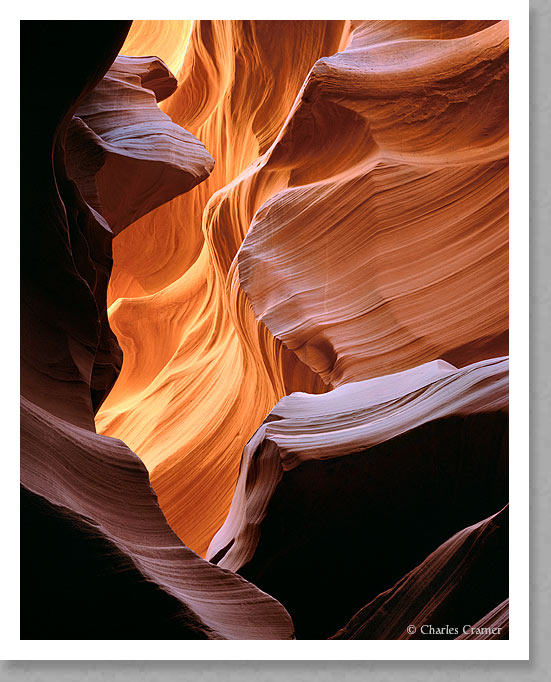



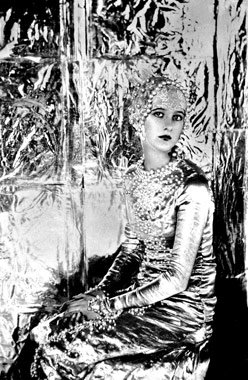





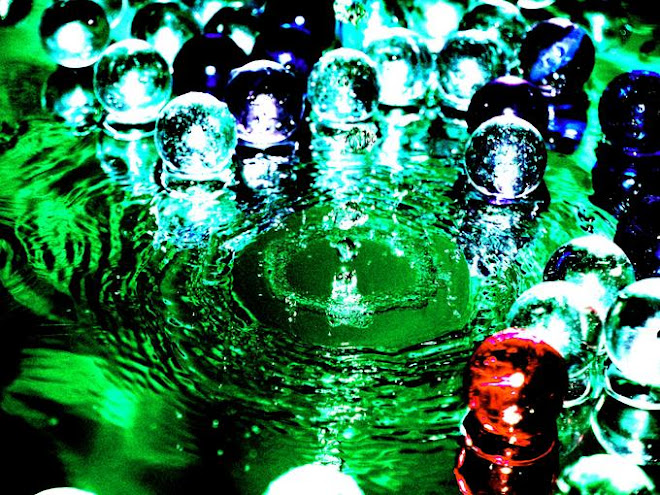



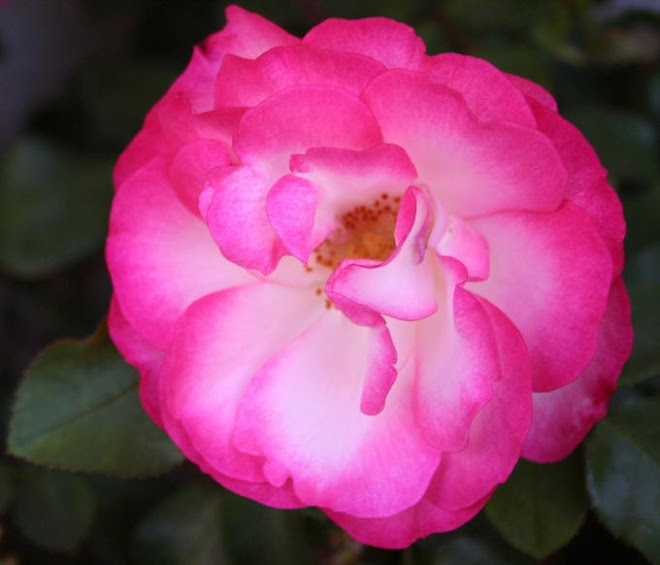
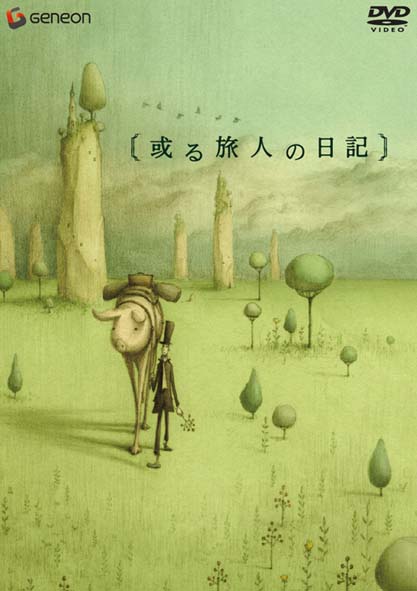




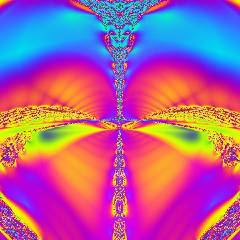
3 σχόλια:
Εκπληκτικές ! Μπράβο COLBERT - μπράβο Β.Β. ! Χωρίς εσένα, δεν θα τις είχα δει !
Tρομερός! η φύση σε πλήρη αρμονία, θρησκευτική ποίηση.
Καλό δρόμο φιλενάδα, μακάρι να ήμασταν στην ίδια πόλη να πίναμε ένα καφεδάκι..
όταν κάνεις κάτι που το αγαπάς πολύ, το αποτέλεσμα δεν μπορεί παρά να είναι τέλειο.
Από τα πιο όμορφα post με θέμα την φωτογραφία που έχω συναντήσει.
[Το ζήλεψα... με την καλή έννοια :)]
Δημοσίευση σχολίου